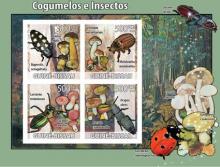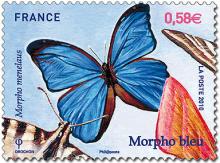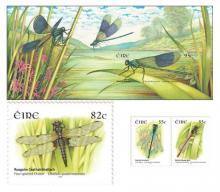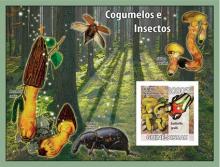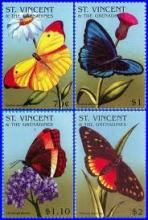De grote parelmoervlinder dreigt uit te sterven in Nederland
In Nederland leefde de grote parelmoervlinder Argynnis aglaja aan het begin van de twintigste eeuw in grote delen van de voedselarme zandgronden, de duinen, Zuid-Limburg en het Utrechts-Hollands veenweidegebied. Op de zandgronden kwam de soort vooral voor op de Veluwe, de Utrechtse Heuvelrug, de Gelderse Vallei, de Achterhoek en Twente. Vanaf de jaren twintig is het verspreidingsgebied langzaam maar zeker ingekrompen. Rond 1950 was de soort uit vrijwel alle natte schrale graslanden verdwenen. Sinds 2000 is de vlinder uit alle duingebieden van het vasteland verdwenen en in het binnenland resteerde nog slechts één populatie. Nu zijn er nog vijf belangrijke populaties: op Texel (2), Vlieland (1), Terschelling (1) en de Hoge Veluwe (1). Er lijkt nog een kleine populatie in Limburg te zijn. In totaal zijn er naar schatting in Nederland nog slechts 500 vlinders.




